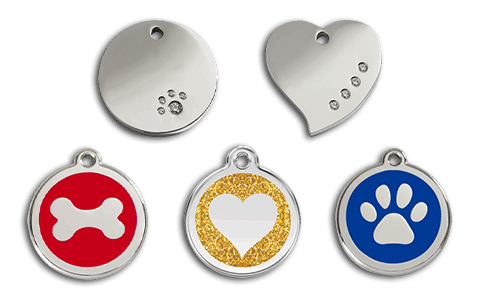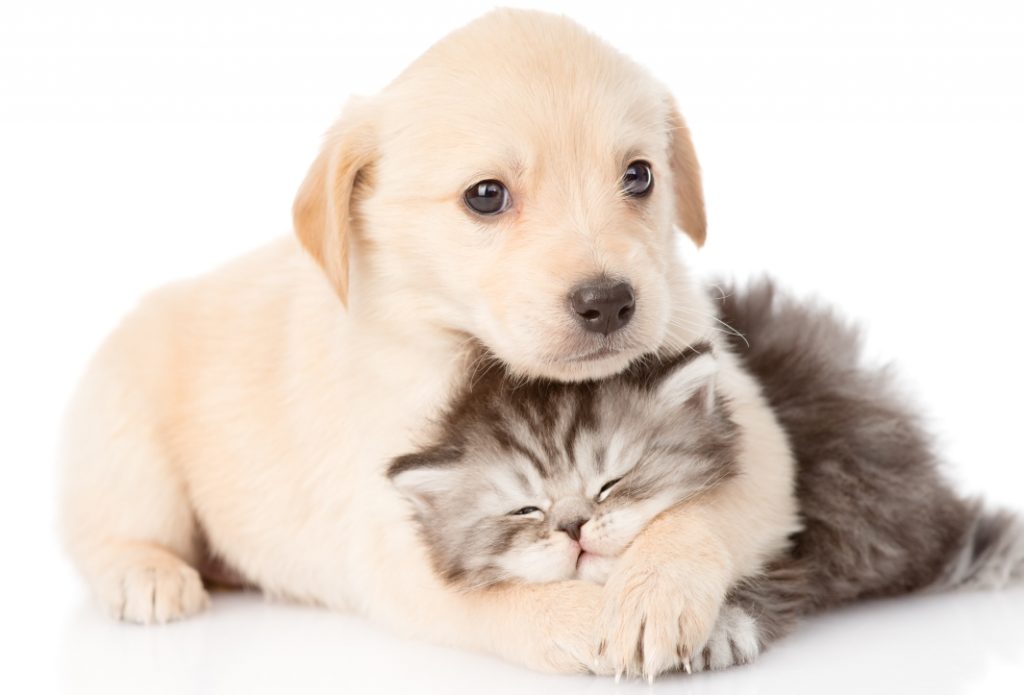LOST PET HOTLINE 1300 738 999

Get Pet ID Tags or Dog Collars or Cat Collars!
Protect Your Pet For Life

Keeping Your Pet Safe Is Our Priority
Pet Reunite Circle
Up to 3 emergency contacts that can be updated anytime, anywhere.
Keep Your Privacy
Your phone number doesn't need to be displayed on your tags and collars.
Online Alerts
Missing Pet Alerts posted on our online Lost & Found Service and Social Media.
Alert Vets & Pounds
Your missing pet details will be sent to your local vets and animal pounds.
Missing Pet Posters
Automated Missing Pet Posters that you can print or share on Social Media.
Custom Tags
You can customise and style our tags to make it unique and personalised for your pet.
Customise For Your Pet
Digital Pet ID for All Pets

Pet Net ID’s aim is to be the best pet register for pets and pet owners which will be recommended by vets and local councils for lost and found pets.
Our digital pet id register is available to general public to help pet owners raise awareness about their lost pets in local communities, local vets and animal shelters with the touch of a button.
We all know the best way to find your lost pet is to let as many people in your neighbourhood know as fast as you you can!
Every pet owner wants the best for their furry friends, from comfort and style to safety and security. One of the most essential accessories for both dogs and cats is the collar, paired with a reliable pet ID tag.
A pet collar is more than just a fashion statement; it’s a crucial tool that helps ensure your pet’s safety, especially when they’re exploring outdoors. When coupled with an ID tag, collars provide an immediate means of identification that can reunite lost pets with their owners.
Learn more about everything you need to know about dog collars and cat collars, from choosing the right collar for your pets, to understanding the importance of pet ID tags, to exploring the variety of materials, styles, and additional features available on the market.
A dog collar or cat collar is a basic yet critical accessory for both dogs and cats. Whether it’s used for walking, training, or simple identification, a collar serves various purposes:
A Pet ID tag is one of the simplest yet most effective ways to ensure your pet’s safety. Whether your pet is a homebody or an adventurer, accidents happen, and having a visible form of identification can make all the difference if they get lost.
When designing an ID tag for your dog or cat, it’s important to include essential contact information while keeping it clear and concise. Here’s what you should consider adding:
Pet ID tags come in a variety of styles, shapes, and materials, each offering different advantages based on your pet’s needs:
Dog collars come in a wide array of styles, materials, and functionalities, each catering to different breeds, sizes, and temperaments. Selecting the right collar for your dog depends on several factors, including their size, behavior, and lifestyle.
Flat Dog Collars
Martingale Dog Collars
Dog Harnesses
Head Dog Collars (Head Halters)
Choke Chains and Prong Dog Collars
The material of your dog’s collar can affect its comfort, durability, and suitability for different activities. Here are the most common materials:
The correct fit is crucial when selecting a dog collar for your dog. A dog collar should be snug but not too tight. A good rule of thumb is the “two-finger rule”—you should be able to fit two fingers comfortably between the collar and your dog’s neck.
Dog collars that are too tight can cause discomfort or injury, while collars that are too loose may slip off or get caught on objects.
While collars for dogs are commonplace, many cat owners wonder if their feline companions need one too. The answer is yes—collars for cats serve the same essential purpose as they do for dogs, especially when it comes to identification.
Nylon
Leather
Fabric
Fitting a collar on a cat can be a bit trickier than fitting one on a dog, as cats are more sensitive to discomfort around their necks.
The same two-finger rule applies, but you’ll also want to ensure the collar is lightweight and unobtrusive so your cat doesn’t feel restricted.
In addition to providing safety and security, collars are a great way to show off your pet’s personality. Many pet owners enjoy customizing their dog’s or cat’s collar with fun colors, patterns, and even personalized tags. Here’s how you can add a touch of flair to your pet’s collar:
Pet collars come in an endless array of colors and patterns, from simple solid colors to bold designs like stripes, polka dots, and florals. You can choose a color that complements your pet’s fur or go with something bright and eye-catching.
Many pet id engraving shops and companies offer custom pet ID engraving services, allowing you to add your pet’s name, contact information, and even fun messages like “I’m Microchipped” or “Call My Human.”
Some collars come with attached accessories like bells (commonly used for cats), bows, or charms. You can also add separate accessories, such as bow ties, flowers, or seasonal decorations, to give your pet’s collar a unique look.
Many brands offer matching collars, leashes, and harnesses, so you can coordinate your pet’s gear for a polished look. This is especially popular for dog owners who want their pet’s walking gear to be stylish and cohesive.
Whether you have a dog, a cat, or both, equipping your pet with a collar and ID tag is one of the most important steps you can take to ensure their safety. While collars serve multiple purposes—from walking and training to expressing personality—their primary role is to carry an ID tag, a crucial accessory that helps your pet find their way home if they get lost.
When choosing the perfect collar for your pet, consider their size, behavior, and lifestyle, as well as the materials and styles that best suit them. And don’t forget to update your pet’s ID tag regularly with your current contact information to ensure they’re always easily identifiable.
In the end, the right collar and ID tag offer peace of mind, knowing that no matter where your pet’s adventures take them, they’ll always have a way back to you.
Register your Pet with Pet Net ID today
Pet Net ID
A: Unit 13, 11 – 13 Brookhollow Ave
Norwest, Sydney NSW 2153
T: 1300 738 999 (1300 PET 999)
Copyright © 2021 Pet Net ID